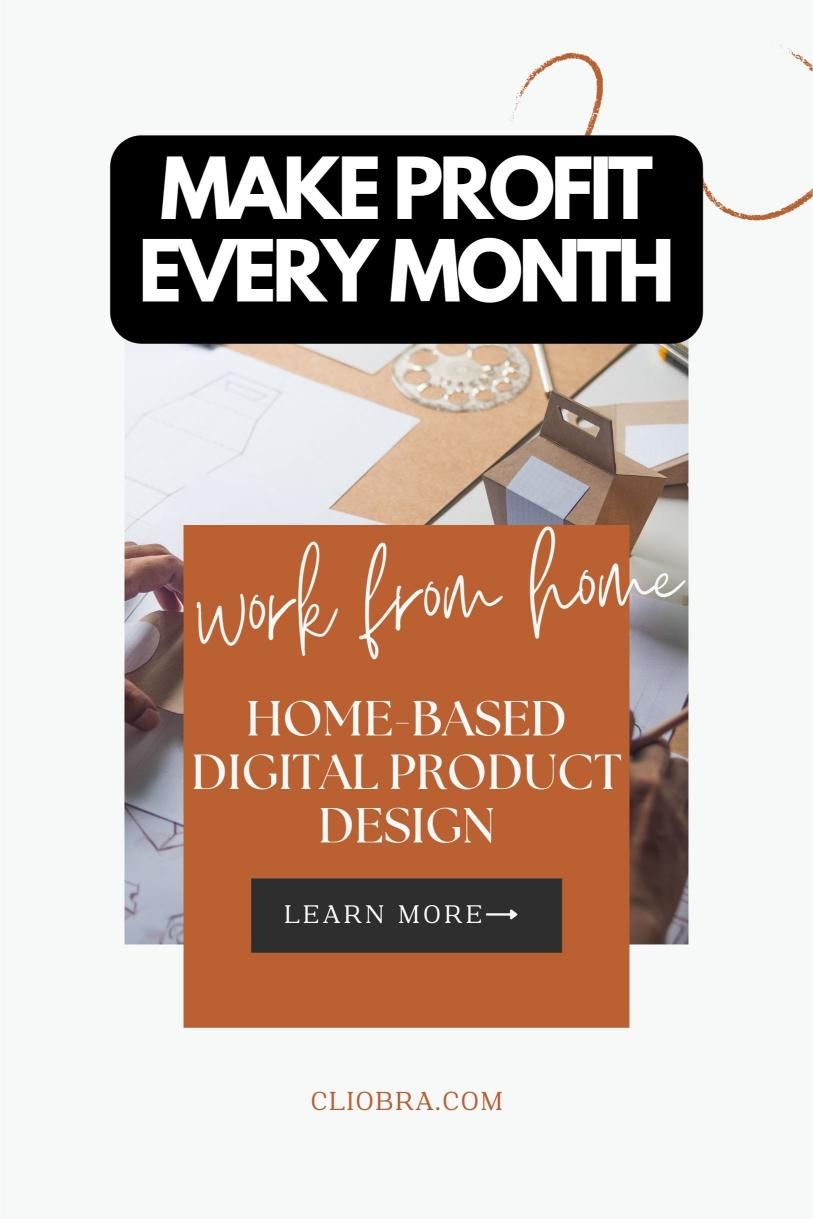Last Updated on October 14, 2024 by Arif Chowdhury
Ever feel stuck in the 9-to-5 grind, dreaming of financial freedom?
I’ve been there.
Cubicle life was slowly crushing my soul.
Then I discovered the world of digital product design.
Now I’m my own boss, working from home, and pulling in $6,400 a month.
Sound too good to be true?
It’s not.
Let me show you how I made it happen.
Why Digital Product Design?
First, let’s talk about why this business rocks:
- Low overhead costs
- Flexible schedule
- Unlimited income potential
- Creative freedom
Plus, the market is booming.
Did you know that the global digital product market is projected to reach $331.3 billion by 2027?
That’s a lot of pie to go around.
Getting Started: What You Need
Here’s the cool part:
You don’t need much to get started.
- A decent computer
- Design software (more on this later)
- Internet connection
- Your creativity
That’s it.
No fancy office.
No expensive equipment.
Just you and your ideas.
Choosing Your Niche
Now, here’s where most people mess up:
They try to do everything.
Don’t make that mistake.
Pick a niche and dominate it.
Some hot niches right now:
- Social media templates
- Printable planners
- Digital art
- eBook covers
- Course materials
Find what lights you up and go all in.
Mastering Your Craft
Here’s the truth:
You don’t need to be a design genius to start.
But you do need to be good.
How do you get good?
Practice. A lot.
I spent hours every day honing my skills.
YouTube tutorials became my best friend.
Websites like Skillshare and Udemy? Gold mines of knowledge.
Invest in yourself.
It pays off.
Tools of the Trade
Let’s talk software.
You’ve got options:
- Adobe Creative Suite (industry standard, but pricey)
- Canva (great for beginners, has a free version)
- Affinity Designer (one-time purchase, powerful)
- Figma (collaborative, popular for UI/UX)
I started with Canva and worked my way up to Adobe.
Pick what fits your budget and skill level.
Creating Your First Product
This is where the rubber meets the road.
Your first product doesn’t have to be perfect.
It just has to exist.
Here’s my process:
- Research what’s selling
- Brainstorm ideas
- Create a prototype
- Get feedback
- Refine and polish
- Launch
Rinse and repeat.
Pricing Your Products
Pricing is an art and a science.
Too low? You’re leaving money on the table.
Too high? Crickets.
Here’s a simple formula I use:
(Time spent + Perceived value + Market rate) ÷ 2 = Starting price
Test different price points.
See what sticks.
Remember, you can always adjust later.
Where to Sell Your Digital Products
Now for the fun part:
Getting your creations out into the world.
Popular platforms include:
- Etsy
- Creative Market
- Your own website
- Gumroad
- Teachable (for courses)
I started on Etsy and eventually built my own site.
Diversify your sales channels for maximum reach.
Marketing Your Business
Listen up:
Great products don’t sell themselves.
You need to market.
Here’s what worked for me:
- Instagram (showcase your work visually)
- Pinterest (huge for digital products)
- Email list (build it from day one)
- Collaborations with other creators
- Targeted Facebook ads
Consistency is key.
Post regularly.
Engage with your audience.
Build relationships.
Scaling to $6,400 a Month
Now, let’s break down that $6,400 goal:
- 20 products at $20 each = $400
- Sell 16 of each product per month
- 16 x $400 = $6,400
Sounds doable, right?
It is.
But it takes work.
Here’s how I did it:
- Created a core set of high-quality products
- Continuously added new items to my catalog
- Optimized my listings for search
- Built a strong brand presence on social media
- Leveraged email marketing for repeat customers
- Offered bundle deals and promotions
It didn’t happen overnight.
But it happened.
Staying Motivated and Productive
Working from home isn’t all rainbows and unicorns.
It can get lonely.
Distractions are everywhere.
Here’s how I stay on track:
- Set a schedule and stick to it
- Create a dedicated workspace
- Take regular breaks
- Join online communities of other designers
- Celebrate small wins
Remember why you started.
Keep pushing forward.
Handling the Business Side
Let’s talk about the not-so-fun stuff:
Taxes and legal issues.
Don’t ignore this part.
- Register your business
- Keep track of income and expenses
- Set aside money for taxes
- Consider getting an accountant
It’s not sexy, but it’s necessary.
Continuing Education and Trends
The digital world moves fast.
You’ve got to keep up.
- Follow design blogs and podcasts
- Attend virtual conferences
- Take online courses
- Experiment with new tools and techniques
Stay curious.
Never stop learning.
Real Talk: Challenges and Pitfalls
I’m not gonna sugarcoat it:
This journey has its ups and downs.
- Imposter syndrome is real
- Creative blocks happen
- Some products will flop
- Negative reviews can sting
But here’s the secret:
Everyone faces these challenges.
The winners push through.
The Payoff: Freedom and Fulfillment
Now, let me tell you why it’s all worth it:
- I work when and where I want
- My income potential is limitless
- I create things I’m proud of
- I help others bring their visions to life
That feeling when someone loves your product?
Priceless.
Final Thoughts: Your Turn to Shine
Here’s the deal:
If I can do this, so can you.
It takes work, dedication, and a willingness to learn.
But the rewards?
They’re life-changing.
So, what are you waiting for?
Take that first step.
Create that first product.
Make that first sale.
Your $6,400 monthly income is waiting.
Go get it.
